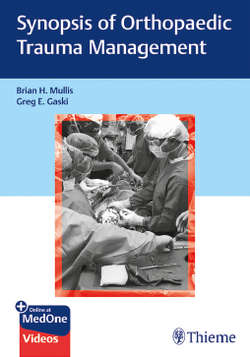Читать книгу Synopsis of Orthopaedic Trauma Management - Brian H. Mullis - Страница 48
III. Levels of Evidence
ОглавлениеA. Types of studies
1. Diagnostic—investigates a diagnostic test/protocol.
2. Prognostic—investigates a characteristic of patients and its effect on disease outcomes.
3. Therapeutic—most common in orthopaedics; investigates the results of a treatment.
4. Economic—generally related to cost/value proportions.
B. Retrospective versus prospective
1. A retrospective study has the study question formulated AFTER data acquisition.
2. A prospective study has the study question formulated PRIOR to acquisition of any data.
C. Levels (for diagnostic, prognostic, and therapeutic studies)
1. Level I—randomized controlled trials, inception cohort studies, testing of previously developed diagnostic tests.
2. Level II—prospective cohort (comparative) studies, development of diagnostic criteria (rigorous standards of references and blinding), dramatic effect observational studies.
3. Level III—case-control studies, retrospective cohort (comparative) study, diagnostic studies without consistently applied reference standards.
4. Level IV—case series, patient series with historical control group, poor reference standard diagnostic studies.
5. Level V—opinions (reasoning).
6. Systematic reviews/meta-analyses—level is determined based upon quality of evidence reviewed.
a. These types of manuscripts represent studies of results from at least two previously published studies.
b. Level I—review of randomized controlled studies (homogeneity of studies is necessary).
c. Level II—review of cohort studies (or heterogeneous [inconsistent results noted between] randomized controlled studies).
d. Level III—review of case-control studies.
